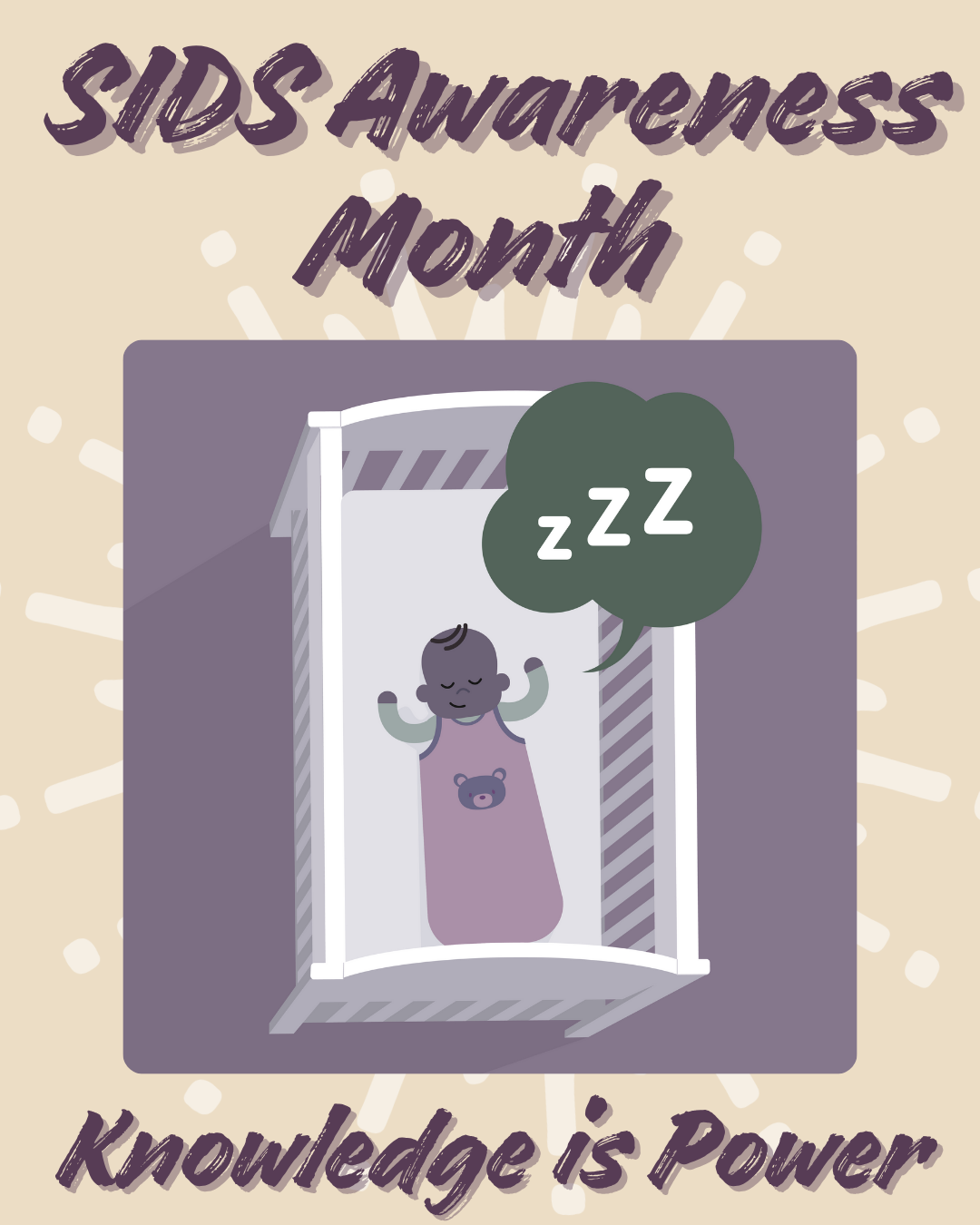Oh NO! I have Gestational Diabetes
Darian Cooper 10/23/25

We often hear about diabetes, specifically Type 1 and Type 2 but we are not as knowledgeable about gestational diabetes, which affects pregnant women. Let’s review this topic.
Gestational diabetes is a form of high blood sugar diagnosed in pregnant women, typically around the 24 – 28th week of pregnancy. Similar to Type 1 and Type 2 diabetes, gestational diabetes causes blood sugar levels to increase. The diagnosis doesn’t mean you had diabetes prior to pregnancy or that you will have diabetes following the birth of your child. Gestational diabetes usually ends after you give birth but increases your chances of getting it in future pregnancies and developing Type 2 diabetes later in life. As you know, pregnancy can give you a window of what you may be at risk for in the future. For example, if you have been diagnosed with preeclampsia during your pregnancy, this may increase your risk for developing ischemic heart disease in the future.
During pregnancy, your obstetrician will address gestational diabetes as part of your routine prenatal care. Pregnant women diagnosed with this type of diabetes require more doctor visits during the last trimester which include non-stress tests and more frequent ultrasounds. Once diagnosed with gestational diabetes, it is crucial to start treatment immediately since the disease can affect both mother and child.
Treatment aims to control the mother’s blood glucose level. Often, a group of specialists will help you manage your blood sugar level for the remainder of your pregnancy. This includes meeting with a diabetes educator, your obstetrician or a Maternal-Fetal medicine specialist in order to optimize your blood sugar values. Physicians and a nurse educator work together and educate you about healthy meals and physical activity. Treatment involves daily blood glucose testing and if your blood sugars remain elevated despite a healthy diet and activity, you may be started on pills or on insulin.
The most common adverse outcome with gestational diabetes are large for gestational age babies which can lead to an increased risk for both mom and baby during delivery.
Long-term risks associated with poorly controlled gestational diabetes may continue after pregnancy. The child may be at risk for developing obesity and impaired glucose tolerance.
Managing glycemic control is key along with timely treatment and intervention for reducing the severity of complications. Always remember to diversify your meals with ample fruits and vegetables, limiting your fat intake and portion size. Regular exercise lets the body use glucose without extra insulin, which is the reason exercise is vital for people with diabetes. Do not start an exercise program without first consulting your obstetrician.
In addition to seeking specialized care, please REMEMBER to live your life following the SENSE model:
Sleep
This is challenging with a growing belly so please ask friends and family for assistance. Every pregnant woman needs a good night’s sleep.
Exercise
light exercises such as walking, stretches and basic yoga do wonders for the body and mind (when cleared by your doctor or midwife)
Nutrition
an anti-inflammatory diet not loaded with carbohydrates and sugar will decrease your chances of acquiring gestational diabetes. A diet loaded with fruits and vegetables will go a long way for you and your baby.
Stress-reduction
high levels of stress are never beneficial do what you can to diminish your stress
Positive Emotions
at this critical time, surround yourself with individuals whom you trust. Your inner circle should be supportive, providing assistance however possible.
Disclaimer
This content is not intended to be a substitute for professional medical advice, diagnosis, or treatment. Always seek the advice of your physician or other qualifies health provider before making any health, medical or other decisions based upon the data contained herein. Information provided is for informational purposes and is not meant to substitute for the advice provided by your own physician or other medical professionals.




